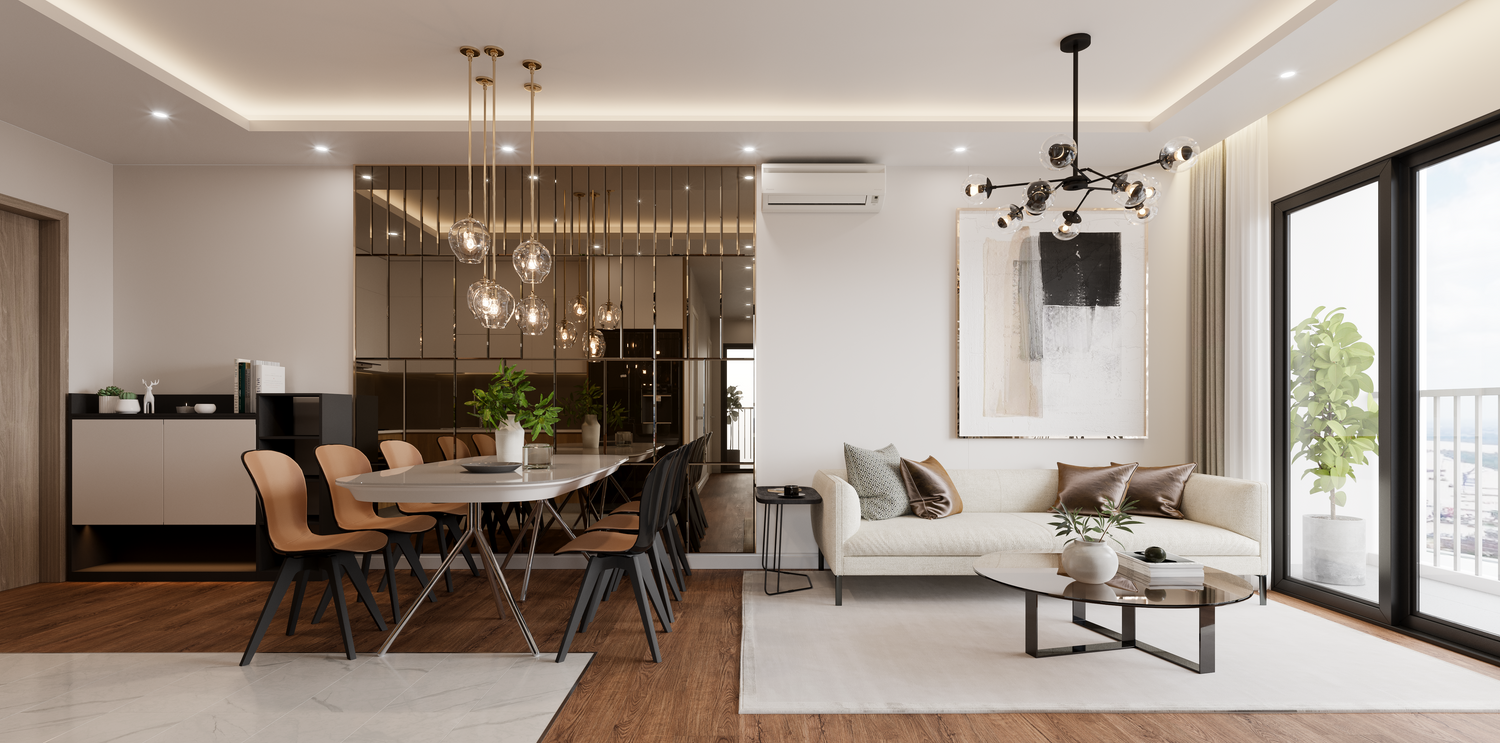
Gone are the days of sticking to one metal finish in home décor. Mixing metals has become a popular way to add depth, texture, and personality to interior spaces. When done right, it brings balance and a sophisticated touch to any room.
Why Mix Metals? Blending warm and cool metals, such as gold and silver, or brass and chrome, can elevate the overall design. The contrast adds visual interest and keeps the space from feeling too uniform or flat. Mixing metals allows for more flexibility when choosing fixtures, hardware, and accessories, offering endless possibilities to suit your style.
How to Mix Metals Like a Pro
- Choose a Dominant Metal: Start by selecting a primary metal that will be most prominent in the room, whether it’s brushed nickel in the kitchen or brass in the living room. The dominant metal sets the tone.
- Limit the Number of Finishes: Stick to two or three metal finishes to keep the look cohesive rather than chaotic. For example, pairing matte black with antique gold adds contrast without overpowering the space.
- Create Balance: Spread the different metals evenly throughout the room. If you’re mixing gold and silver, balance them across light fixtures, furniture, and smaller accents like picture frames or table decor.
- Consider the Room’s Palette: Mixed metals work best when they complement the room’s color scheme. Warm tones like beige, cream, and browns pair well with gold and bronze, while cooler tones like grey or blue pop with silver or chrome.
Bottom Line
Mixing metals in home design offers a modern yet timeless look that’s full of character. Don’t be afraid to experiment with finishes—it’s the small details that bring a room to life!





